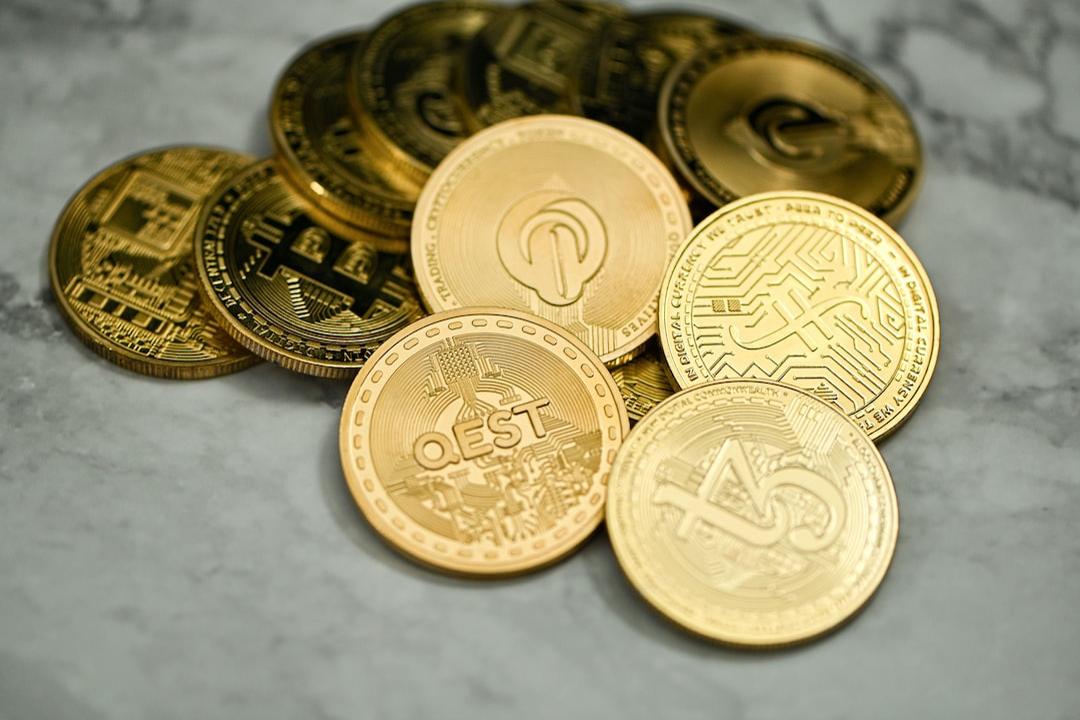Tether 作为稳定币的领导者,目前稳坐市场龙头宝座。本文是由 Anthony Pompliano 的 Podcast 《Tether Founder Reveals Truth About Reserves》中与 Tether 的首席技术长 Paolo Ardoino 进行的访谈整理而来。
稳定币的兴起
关于稳定币的兴起,Paolo 提到,最初稳定币主要是为加密货币交易者设计的,帮助他们在不同交易所之间转移法币。但随着 COVID-19 疫情的爆发和国家货币贬值,尤其是在新兴市场如土耳其、阿根廷和委内瑞拉,稳定币越来越被视为发展中国家社群的生命线。
Pomp 提到,在面对经济不稳定和货币贬值的情况下,比特币长期以来一直被视为一种解决方案,尤其是在那些经济困境中的国家,比特币被视为一种避风港。Paolo 认为,虽然比特币相对于其他传统货币来说是较新的货币种类,但它正在被广大人群所接受,比特币代表了最终的金融自由,人们需要更多的时间来理解和接受比特币。
Pomp 提到市场上存在多种美元背书的稳定币,针对稳定币之间的竞争,Paolo 认为一个行业不能只有一个玩家,多样性是关键因素,这不仅可以为用户提供更多选择,还可以增加行业的韧性,更能抵御各种风险。
Paolo 进一步指出,多样性为监管机构提供了一个好的案例。如果稳定币行业只有一个玩家,那么监管机构可能会有理由关闭它。但多样性可以展示这是一个真正的、正在发展的行业,而不仅仅是一家公司的业务。
Tether 的风险管理
Paolo 解释说,Tether 一直在努力管理各种风险。首先,他们致力于确保 Tether 所挂钩的实际资产得到充分支持,并通过与法律实体合作来实现这一目标。其次,Tether 采取了多种措施来确保稳定币的安全性和稳定性,包括与审计公司合作进行定期审计,并公开透明地披露审计报告。
此外,Tether 还与多家银行合作,以确保资金的安全存放和流动。他们将资金存放在多个银行账户中,以分散风险,并且这些银行账户都受到 FDIC 保险的保护。
总之,Tether 在稳定币领域的领先地位得益于他们对风险管理的重视和多样化的发展策略。他们不仅提供了稳定币的便利性,还为用户和监管机构提供了更多选择和信心。Tether非常注重风险管理,并且有一个专门的团队负责监控市场和理解微观经济。这个团队的任务主要是持续追踪市场动态,确保Tether的投资策略与市场环境相匹配,并对潜在的风险因素保持警觉。他强调,他们的团队非常专注于保护投资组合。
Paolo提到,2022年和2023年,Tether面临了一系列的攻击,但同时也展现出了其强大的流动性和兑现能力,它成功地在48小时内兑现了70亿美元,而在接下来的20天内兑现了200多亿美元。
Paolo指出,当考虑到70亿美元占其储备的10%,而200亿美元占其储备的25%时,这种兑现能力显得尤为突出,Tether在短时间内成功地满足了大量的兑现请求,而没有对其储备造成太大的影响。
Paolo讨论了FDIC保险在稳定币中的角色。他指出,尽管FDIC保险为普通消费者提供了一定的安心,但对于Tether这样的大型企业来说,它并不是一个可靠的解决方案。Tether更倾向于使用短期美国国债,因为这些国债在银行破产的情况下可以返还给持有人。
深潮注:FDIC保险是由美国联邦存款保险公司(Federal Deposit Insurance Corporation,简称FDIC)提供的保险。覆盖各种存款,但不覆盖其他金融产品,主要目的是在银行破产或其他金融危机中保护存款人的资金。
Tether投资多样化
关于Tether的利润来源,Tether目前的市值为830亿美元,而公司在过去几个季度中累积了超过33亿美元的额外储备。Paolo指出,尽管目前正处于高利率时期,这对Tether是有利的,但这种情况不会永远持续。
Paolo提到,Tether的投资组合中持有约15亿美元的比特币。尽管Tether拥有超过33亿美元的额外资本,但即使比特币的价值归零,Tether仍然拥有超过其所有已发行代币的资金。此外,Tether还持有黄金作为其储备的一部分。
Paolo强调,世界充满了不确定性,Tether希望通过多样化其投资组合来为使用者提供额外的保护。考虑到Tether在其储备中持有的大量美元国债,公司正在考虑进行小规模的资产多样化。Paolo emphasized that Tether has always been committed to improving transparency and has made significant progress in this regard. Despite the lengthy process, Tether has openly stated that it is undergoing an audit for various reasons.
Paolo pointed out that Tether’s goal is to support blockchain with real-world utility. Supporting too many blockchains increases the complexity of management, especially when most of them have low transaction volumes. Initially issued on OmniLayer, Tether has expanded its issuance to Ethereum and later chose to issue on Tron as well.
In Africa and South America, people prefer to use Tron due to the high transaction fees on Ethereum. Although there are now more second-layer solutions like Arbitrum and Optimism, Tron remains the preferred choice for many users as it offers simpler and lower-cost transaction options.
Pomp mentioned that with the popularity of stablecoins, major banks and other financial institutions may enter this field. Paolo believes that instead of each bank creating its own stablecoin, they may collaborate to establish a common stablecoin. Central Bank Digital Currencies (CBDCs) may face more challenges in Western countries, as they could potentially replace cash and lead to negative interest rates.
Paolo mentioned that Tether is expanding its stablecoin business and also venturing into other areas such as energy production, Bitcoin mining, and communications. The education projects Tether is undertaking are not only related to cryptocurrencies but also involve other fields. Paolo stated that they firmly believe digitalization of education is a key factor in human development, and therefore, Tether is investing in this aspect as well.
Paolo mentioned that Tether is undertaking education projects that are not solely related to cryptocurrencies. They believe that the digitization of education is a crucial factor in human development. They recognize the importance of digital technology, online education platforms, and other educational technologies in future education, which is why they have decided to invest in this area.

